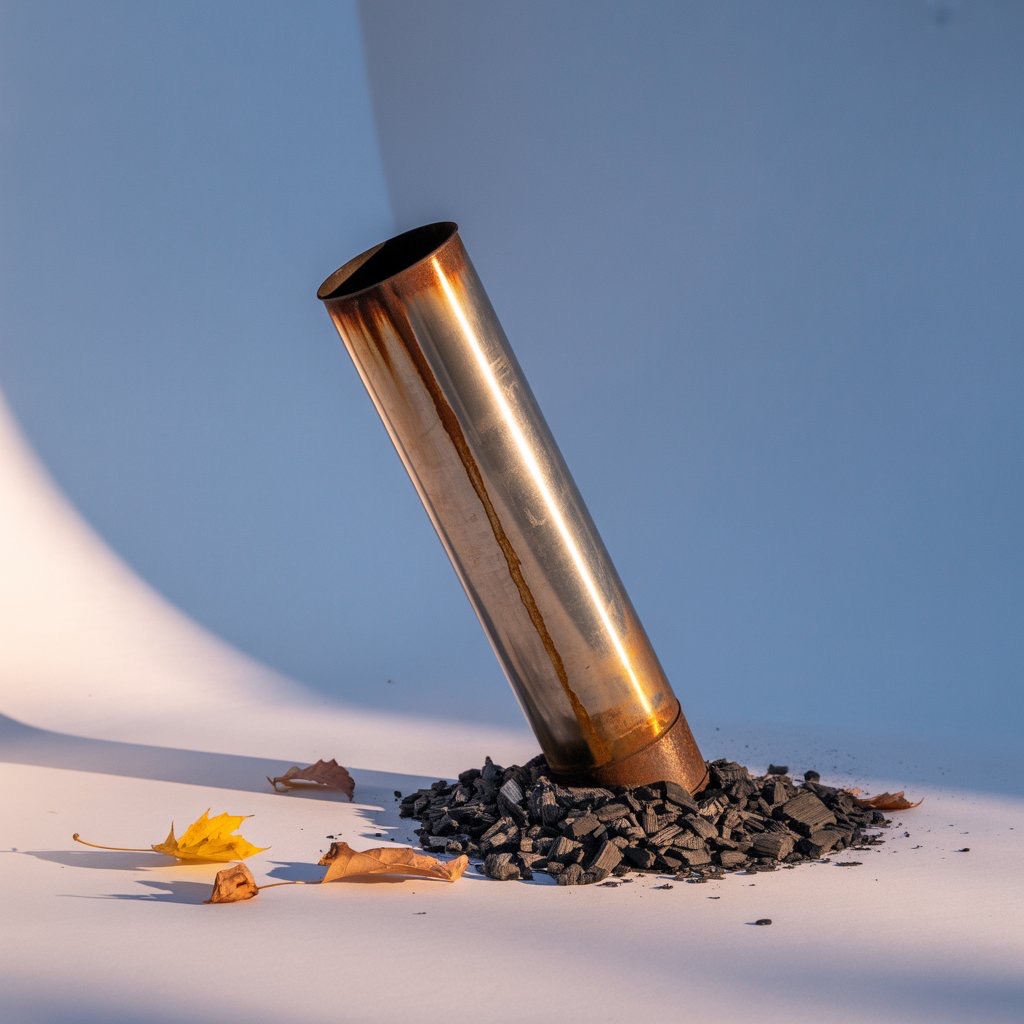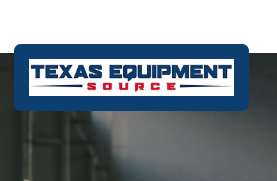At Berkeley Chimney Sweep, our mission is to keep every home in Berkeley warm and secure. Chimneys are often the unsung heroes of our homes, quietly funneling away smoke and combustion gases. Yet, lurking inside, an unseen component plays a critical role in keeping your household safe: the chimney liner. Many homeowners in Berkeley wonder whether their chimney is truly safe without one, and what risks they might be facing.
In this article, we’ll unravel the essential functions of a chimney liner, explore the dangers of an unlined chimney, break down the associated costs, and guide you through key features—such as safety, cost, and emergency services—that every Berkeley homeowner should know about. By the end, you’ll understand why investing in a quality Chimney Liner is not just a recommendation, but a necessity.
Understanding the Chimney Liner: What Does It Do?
A chimney liner is a protective passage—usually made from clay tiles, metal, or ceramic—that lines the inside of your chimney. Its job is threefold:
- Shielding the masonry from the intense heat and corrosive byproducts of combustion.
- Directing smoke and gases outside the home, preventing dangerous leaks into your living space.
- Improving energy efficiency and making your fireplace or stove easier to maintain.
— Berkeley Chimney Sweep Safety Team
Key Features to Consider for Your Chimney Liner
| Feature | Description | Why It Matters |
|---|---|---|
| Material | Clay, stainless steel, aluminum, or ceramic | Different fuels and appliances require specific liner materials for optimum safety and longevity. |
| Fit & Sizing | Custom-fitted to your chimney’s dimensions | Proper fit prevents gaps that could let heat or gases escape into your home. |
| Insulation | Some liners include insulation wraps | Insulation boosts efficiency and protects masonry from condensation and heat. |
| Compliance | Meets local Berkeley and California safety codes | Ensures your installation passes inspections and keeps your insurance valid. |
| Warranty | Manufacturer’s and installer’s warranty | Peace of mind for years to come, covering defects or premature wear. |
Safety: Why Unlined Chimneys Are a Hidden Danger
Chimney fires aren’t always dramatic blazes—they often smolder slowly, weakening your chimney’s structure over time. Without a liner, intense heat and corrosive gases can attack in two ways:
- Structural Damage: Heat can crack bricks and mortar, leading to expensive repairs or even collapse.
- Carbon Monoxide Poisoning: Gaps let deadly gases escape into your home, invisible and odorless.
The National Fire Protection Association (NFPA) and most building codes require liners for all new chimneys—and for good reason. If your home’s chimney predates these codes, it’s time to schedule an inspection.
Cost: What Should You Expect to Pay?
One of the main hesitations homeowners have about installing a chimney liner is cost. However, the price of a liner is marginal compared to the potential costs of fire damage, emergency repairs, or health risks. Below is an overview of average costs for Berkeley residents:
| Type of Liner | Estimated Cost (Installed) | Typical Lifespan |
|---|---|---|
| Clay Tile | $2,000 – $4,000 | Up to 50 years |
| Stainless Steel | $1,800 – $3,500 | 20-30 years |
| Ceramic | $3,500 – $7,000 | 30-50 years |
| Aluminum (gas appliances only) | $1,200 – $2,200 | 10-15 years |
These costs include both parts and professional installation. Keep in mind that liners for wood-burning fireplaces generally require more robust materials, while gas appliances may allow for more affordable options.
Emergency Service: When Immediate Action is Needed
If you suspect damage or blockage in your chimney liner, time is of the essence. At Berkeley Chimney Sweep, our emergency response team is ready to assess and repair your system quickly, minimizing downtime and risk to your family. Here’s when you should call for emergency chimney liner service:
- Smoke backs up into your home.
- You detect a strong, acrid smell from your fireplace.
- You hear cracking or popping noises from the chimney flue.
- You notice visible cracks or debris inside the firebox.
Don’t wait for a minor issue to become a major disaster—our team offers 24/7 emergency support for all chimney liner concerns in Berkeley.
Frequently Asked Questions
A: There are several indicators, including visible cracks, crumbling mortar, smoke leaks inside the home, or an older unlined chimney. A professional inspection is the best way to determine your liner’s condition.
A: Chimney liner installation is a complex, potentially hazardous job that requires specialized tools and knowledge of local codes. For safety and warranty reasons, always hire a certified professional.
A: Most installations are completed in one day, but complex or custom jobs may take longer. Our team will always provide a detailed timeline before beginning work.
A: Absolutely! A newly lined chimney is a strong selling point—buyers value safety and up-to-date systems, especially in older Berkeley homes.
In conclusion, the safety of your home depends on the unseen strength of your chimney’s lining. Don’t leave it to chance—let Berkeley Chimney Sweep safeguard your home with a top-quality Chimney Liner.
Read More – Berkeley Chimney Sweep







0 Comments